
The lorikeet is a small to medium arboreal bird. There are a number of species, some of which make delightful pets. The rainbow lorikeet and scaly-breasted lorikeet are two of the most commonly seen and most readily available.
Whether or not a bird is referred to as a 'lori' or a 'lorikeet' is entirely subjective. It is generally accepted that species with longer tapering tails are 'lorikeets' and those with short blunt tails are 'lories'. But many people use the term 'lori' as a form of endearment.

The scaly-breasted lorikeet (Trichoglossus chlorolepidotus) is also known as the green lorikeet, green and yellow lorikeet, green leek and greenie. In its wild state, it frequents the coastal regions of eastern Australia from Wollongong in southern New South Wales to the tip of Cape York in Queensland. The bird has also been introduced into Melbourne, Victoria.
Its natural habitat is lowland eucalypt forests and woodlands, and areas of heath. It has adapted well to civilisation and now frequents parks and treed suburban gardens.
The scaly-breasted lorikeet is 22 to 24cm in length. They weigh on average 86 grams. It is the only lorikeet to have a green head and red beak. The eyes are red. As well as the head, the upper wings and body are green. The nape, throat and breast feathers are yellow but broadly edged with green.

It is this that accounts for the 'scaly' appearance for which it is named. Beneath the wings the plumage is a two-tone, red and orange with the trailing edges grey. The legs are grey-brown.
Some sources say the bird is sedentary while others believe it to be nomadic. It is generally arboreal and follows the seasonal flowering of eucalypt trees. This causes local populations to fluctuate. Large numbers may come together to feed in flocks. They will often be found feeding in association with rainbow lorikeets.
Lorikeets have a brush-tongue. The end of the tongue is covered with tiny hairs or papillae. Pollen and nectar collect on the tongue when the bird feeds. It also eats soft fruit, flowers (especially native varieties) and some seeds.
The male courts the female by stretching to his full height and hopping along the perch towards the female, circling as he goes and cooing. He will arch his neck and the pupils of the eyes dilate.
In the wild, this species nests in a hollow limb or trunk. The parents may chew off wood to enlarge the nest which may be between 3 and 25 metres above the ground. They do not line the nest although there will be some woodchips or dust in it.
The male brings food to the female while she incubates the clutch of 2 to 3 white eggs. Incubation takes 22 to 24 days and fledging about 42 days. Both birds help with feeding the baby chicks. At eighteen months of age, the birds are sexually mature. The lifespan is believed to be anything from 15 to 28 years or even more.
When kept as a pet, it is not very tolerant of other species. If made to share with larger lorikeets, they rarely breed. Because of their dietary requirements, lorikeets have been quite high maintenance and therefore not as popular as some parrot species. However, there are now 'wet' and 'dry' commercial preparations available which make feeding easier. Lorikeets need soft, fresh fruit and vegetables if they are to stay well and content.
Hygiene needs to be kept at a high level as lorikeets are prone to infections. The aviary should be as large as possible as lorikeets need to be able to exercise themselves. Lorikeets are susceptible to Psittacine Beak and Feather disease. This viral disease is highly contagious and causes feather and sometimes beak abnormalities, although changes in the beak is usually only seen cockatoos. Young birds under the age of two are most likely to be affected. Once the disease is present in an aviary it is almost impossible to eradicate.
Lorikeets in general love having a bath. They are very playful and love anything they can wrestle, climb or swing on. They are the clowns of the parrot world. They love toys. Non-toxic branches will keep them occupied and happy. Lorikeets generally breed easily in captivity and are not as noisy as some of the other varieties of parrot.
Lorikeets in general are prone to infections and high hygiene standards need to be maintained. Uneaten food should be collected and thrown out.
The lorikeet has very liquid droppings which they are inclined to squirt through the sides of the cage. Plastic sheeting can be placed around the cage. An aluminium aviary can be easily hosed out, especially if the floor is concreted and sloped slightly to drain easily.
If the 'liquid waste' problem can be addressed to everyone's satisfaction, then the lorikeet is an entertaining and affectionate bird.
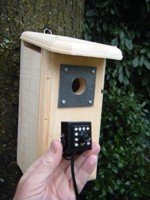 Bird House Camera
I know many will disagree, b
Bird House Camera
I know many will disagree, b
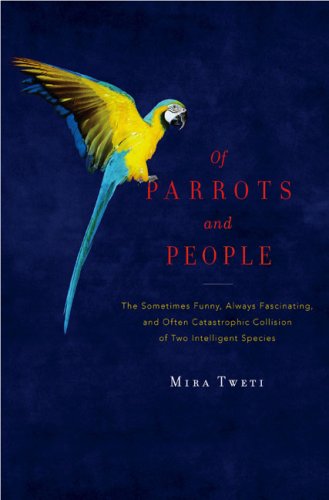 Facts About Parrots
Credit: Martin Robson via Wikimedia Commons
Facts About Parrots
Credit: Martin Robson via Wikimedia Commons
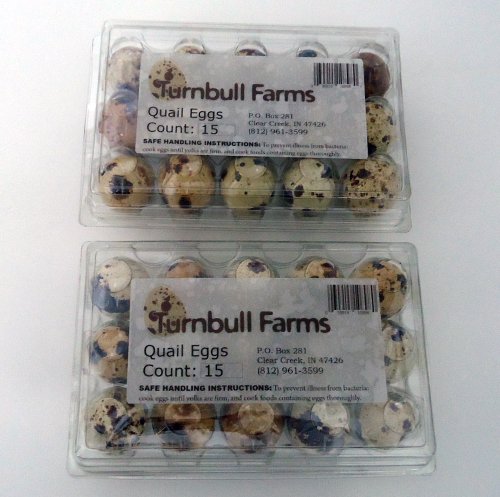 Raising Quail As Meat Birds
Quail meat i
Raising Quail As Meat Birds
Quail meat i
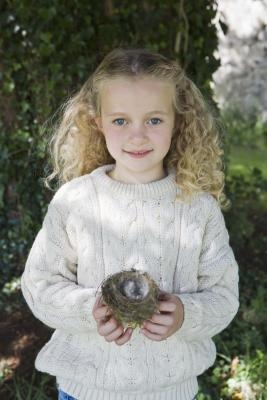 How to Care for Baby Birds That Have Fallen Out of a Nest
How to Care for Baby Birds That Have Fallen Ou
How to Care for Baby Birds That Have Fallen Out of a Nest
How to Care for Baby Birds That Have Fallen Ou
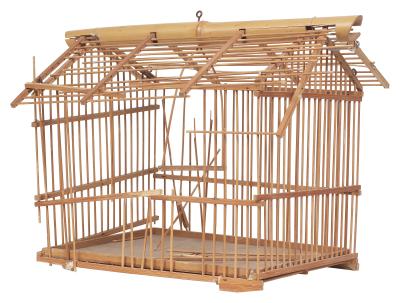 Easy to Make Bird Trap for Small Birds
Easy to Make Bird Trap for Small Birds
Easy to Make Bird Trap for Small Birds
Easy to Make Bird Trap for Small Birds
Copyright © 2005-2016 Pet Information All Rights Reserved
Contact us: www162date@outlook.com